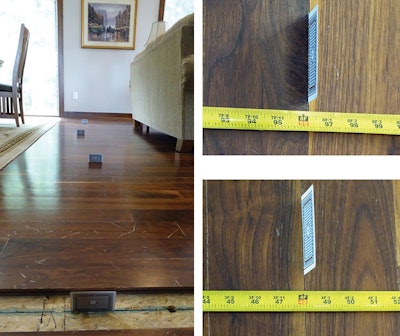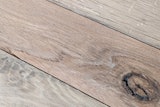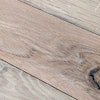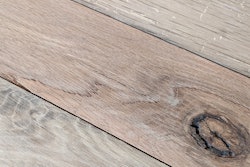

Homeowners' Issue
A new home was built during the summer. At the time of installation, the subfloor and the black walnut solid wood flooring were within the recommended humidity levels in the manufacturer's guidelines. That December the homeowners began to notice gapping in the floor. They expressed their concern to the retailer, who told them seasonal gapping between wood planks is normal. They accepted that until late March, when the gapping was occurring every 4 feet. The retailer and builder agreed the gaps widths were excessive and should be inspected.
Roy: The Inspector's Observations
I did conclude there was normal seasonal gapping between individual planks throughout the wood floor. However, there were also large gaps of 1/8 inch or more approximately every 4 feet. Destructive testing performed at one of the large gaps revealed a subfloor joint where subfloor panels had pulled away from each other directly under the extracted plank.
At the time of installation, the installer said the wood floor moisture content was slightly elevated at 7.5–8.5% and the subfloor moisture content was 10%. The wood floor's MC was 6.5–7.5% at the time of inspection, and the subfloor's MC had fallen to 6%. With no supplemental humidification installed in the house, I determined the subfloor panels shrank excessively and separated from each other, creating the large gaps. I concluded this was not a wood floor installation-related issue, but rather a structural issue.
Blake: The Attorney's Analysis
The facts indicate that the subfloor and flooring were within the recommended humidity levels at the time of installation and there were no other apparent workmanship issues. It seems the culprit in this case is the excessive shrinkage of the subfloor panels. This problem commonly involves the homeowner failing to properly use the humidification equipment, but here there is no equipment to use. Any builder constructing a home in winter climates knows (or should know) humidification is necessary to reduce shrinkage of the wood products in a home. Either the design of the home was defective or there was negligence in failing to install proper equipment and educate the homeowners. In either case, the builder is responsible.


































